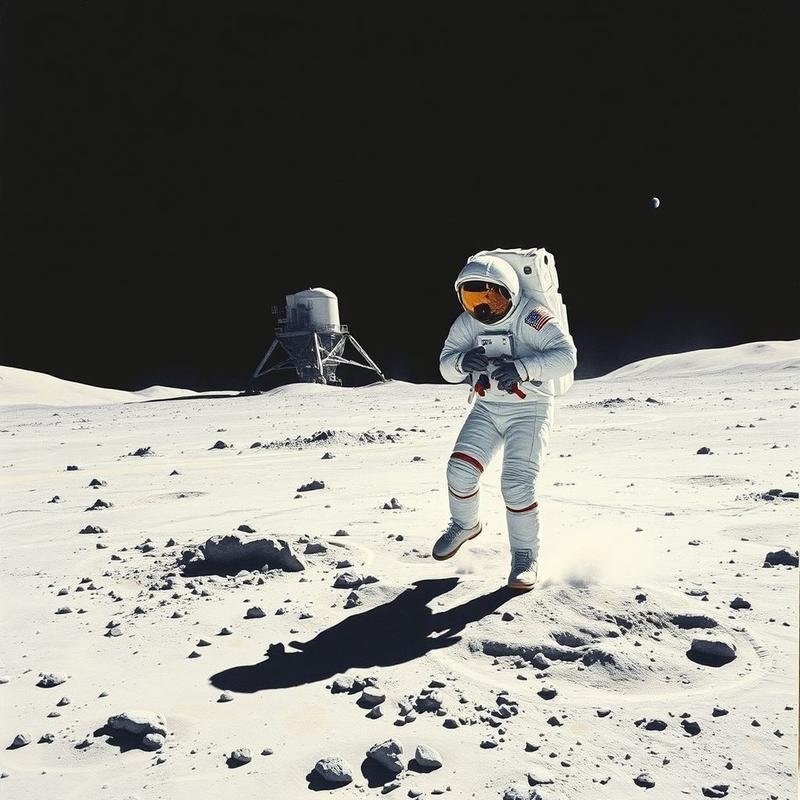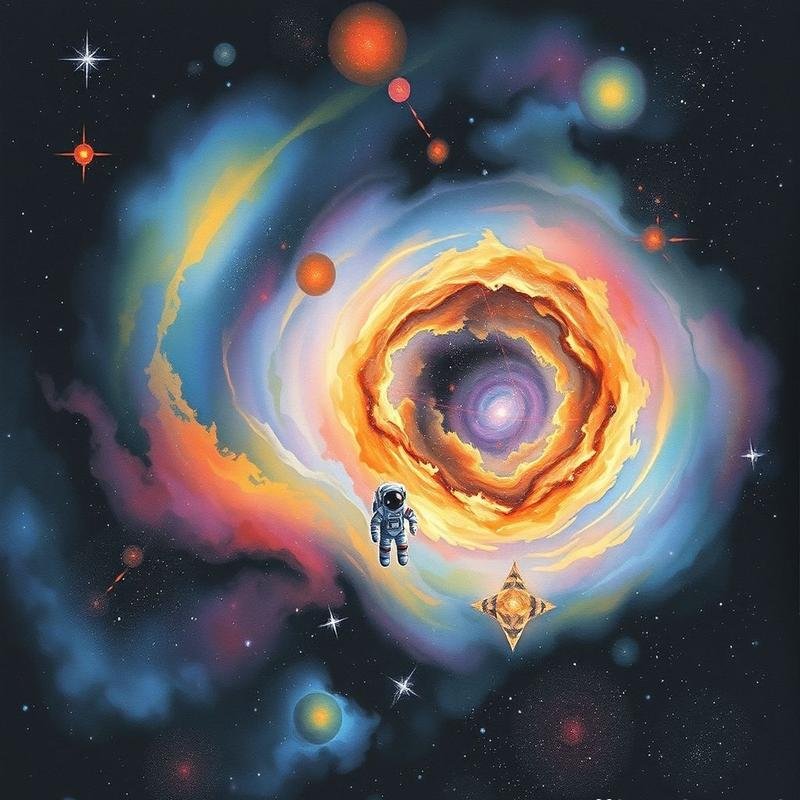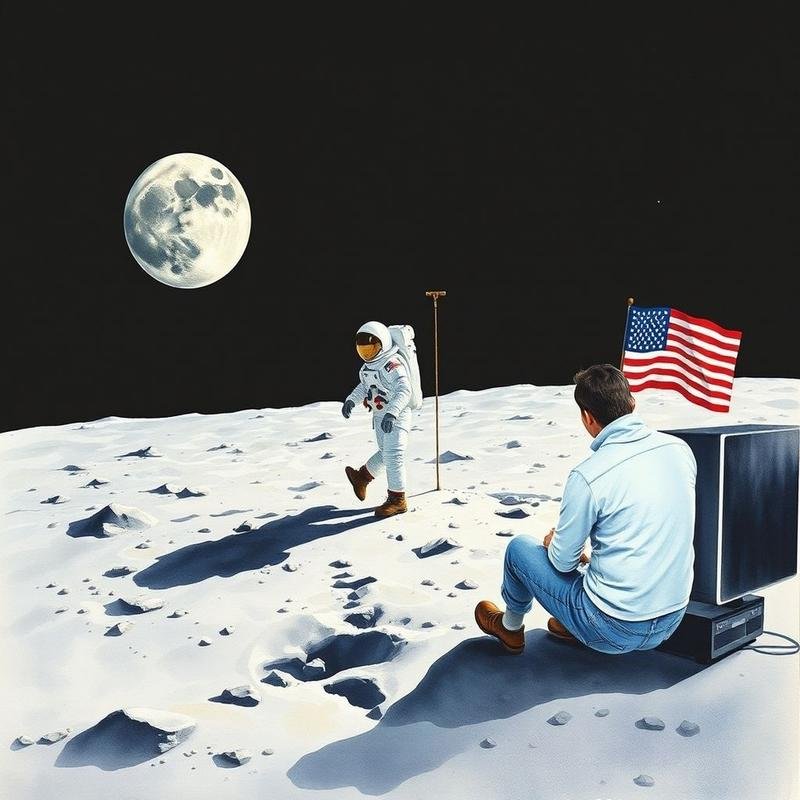Space Exploration: Its Impact on Our Understanding of the Universe.

Space Exploration: Unveiling Cosmic Mysteries
The vastness of space, once perceived as an inaccessible realm of mystery, is now within our reach. This exploration has profoundly impacted our understanding of our place in the cosmos and, consequently, ourselves. Prepare to witness a transformative shift in perspective as we examine the profound effects of space exploration on our comprehension of Earth and its cosmic significance.
The Dawn of the Space Age
For millennia, humanity’s understanding of the celestial sphere was limited by our terrestrial perspective, restricting our knowledge to theoretical observations and calculations. This paradigm underwent a dramatic shift in 1957 with the launch of Sputnik 1. This diminutive satellite, measuring a mere 58 cm in diameter and weighing only 83.6 kg, audibly signaled its entry into orbit, shattering the perception of Earth’s isolation. It heralded the dawn of the Space Age, a period characterized by unprecedented technological advancement and a radical transformation in human consciousness.
The Space Race and Early Human Spaceflight
The launch of Sputnik ignited the Space Race, a Cold War competition between the United States and the Soviet Union. This rivalry, fueled by national pride and ideological fervor, accelerated the development of rocketry and spacecraft technologies. Just four years later, in 1961, Yuri Gagarin became the first human to orbit the Earth, a feat lasting a mere 108 minutes. This single orbit, a fleeting glimpse of our planet from the void, irrevocably altered our perception of its fragility and beauty. The sheer velocity required to maintain orbit, approximately 28,000 kilometers per hour, underscored the power and precision of the engineering involved.
The Apollo Missions and Lunar Exploration
The culmination of this ambition arrived in 1969 with the Apollo 11 mission. Neil Armstrong’s first steps on the Moon, broadcast live to a global audience, became a defining moment in human history. The iconic image of Earth – a vibrant blue marble suspended in the blackness of space – became a potent symbol of our shared humanity and the delicate balance of our planet’s ecosystem. The distance to the Moon, averaging 384,400 kilometers, seemed to diminish as humanity physically interacted with another world. The Apollo missions yielded invaluable lunar samples, enabling scientists to analyze the Moon’s composition and origin. These analyses revealed that the Moon likely formed from debris ejected following a collision between a Mars-sized object and the early Earth, approximately 4.51 billion years ago. This discovery profoundly reshaped our understanding of Earth’s formation and the early solar system. The violent genesis of our celestial companion was previously unimaginable.
Robotic Exploration of the Solar System
Beyond the Moon, robotic probes ventured further into the solar system, transmitting breathtaking images and data from Mars, Venus, Jupiter, and Saturn. The Voyager probes, launched in 1977, continue their journey beyond our solar system, carrying a golden record containing sounds and images of Earth – a message in a bottle cast into the cosmic ocean. These probes have revealed the incredible diversity of planetary environments, from the sulfuric acid clouds of Venus to the icy moons of Jupiter and Saturn, challenging our preconceptions regarding the conditions necessary for life.
The Hubble Space Telescope and Deep Space Observation
The Hubble Space Telescope, launched in 1990, stands as one of the most transformative instruments in our understanding of the universe. Orbiting above the distorting effects of Earth’s atmosphere, Hubble has provided unprecedented views of distant galaxies, nebulae, and quasars. Hubble’s observations have enabled astronomers to determine the age of the universe with greater precision, now estimated at 13.8 billion years. It also provided crucial evidence for the existence of dark matter and dark energy, enigmatic components that constitute the vast majority of the universe. The telescope’s high resolution allows it to observe celestial objects with previously unattainable clarity, revealing details that have fundamentally altered our cosmological models.
The International Space Station and Microgravity Research
The International Space Station (ISS), a collaborative endeavor involving multiple nations, represents a new era of space exploration. It provides a platform for long-duration research in microgravity, enabling scientists to study the effects of space on the human body and to develop new technologies for future space missions. The ISS orbits Earth at an altitude of approximately 400 kilometers, traveling at a speed of about 27,600 kilometers per hour, completing roughly 15.5 orbits per day. The research conducted on the ISS is critical for preparing for future human missions to Mars and beyond.
Future Missions and the Search for Life on Mars
Looking forward, the focus is shifting towards Mars. NASA’s Perseverance rover is currently exploring Jezero Crater, a former lakebed, searching for evidence of past microbial life. The European Space Agency’s Rosalind Franklin rover is also scheduled to land on Mars in the near future, equipped with advanced instruments to analyze the Martian soil for organic molecules. The challenges of sending humans to Mars are substantial, including the long duration of the journey, the effects of radiation exposure, and the necessity for self-sufficiency. The estimated travel time to Mars is approximately six to nine months, requiring meticulous planning and advanced life support systems.
Conclusion
These explorations, both past and future, have fundamentally reshaped our understanding of our place in the universe. We now recognize that we are not alone in the cosmos, that planets are commonplace, and that the conditions for life may exist in numerous locations. Our understanding of the universe continues to evolve, driven by technological advancements and the insatiable human desire to explore the unknown. The journey from Earth to the cosmos has not only expanded our knowledge but has also deepened our appreciation for the fragility and beauty of our home planet. The cosmos beckons with endless mysteries, compelling us to push the boundaries of knowledge and discovery. To join us as we continue to unravel the universe’s secrets, subscribe and embark on this epic journey of exploration.










